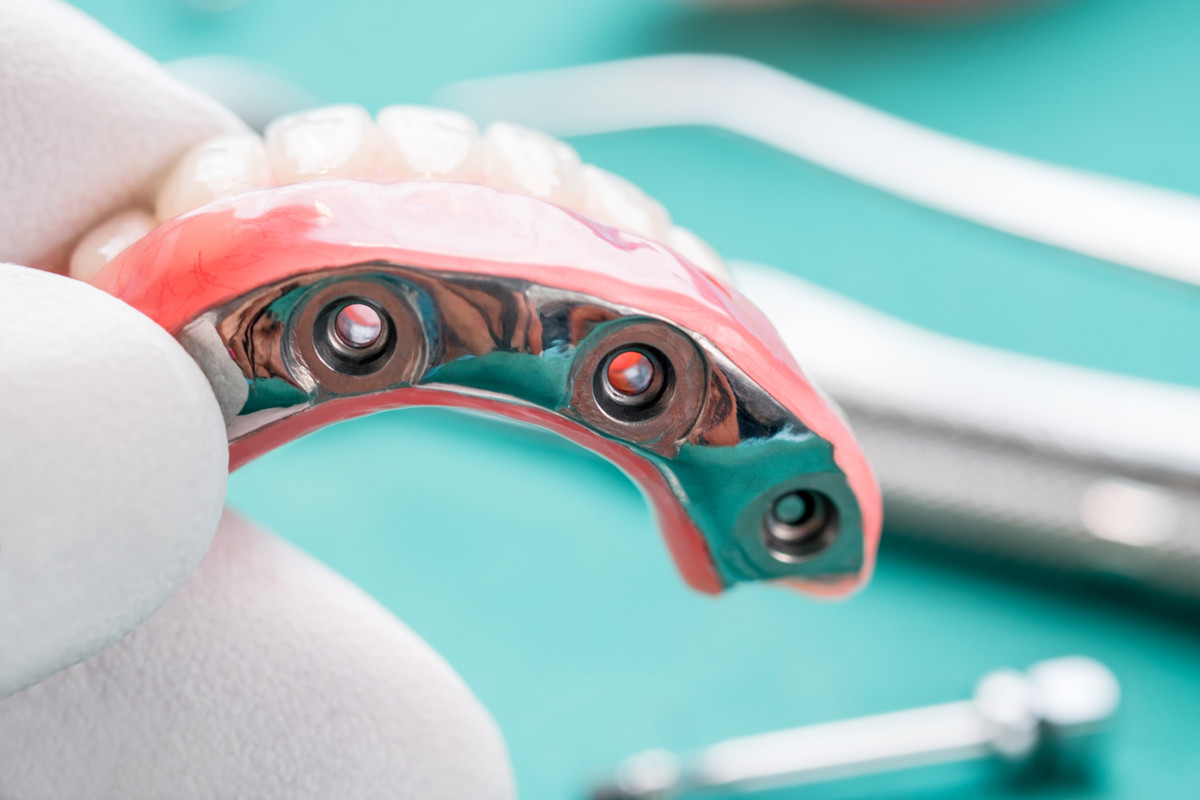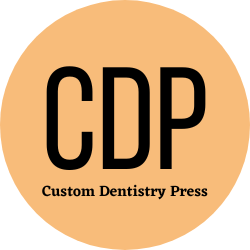Fixed Prosthodontics
by siteadmin

Fixed Prosthodontics is an area of dentistry focusing on dental prostheses that are permanently attached to a patient's teeth. These restorations include bridges, crowns, inlays, onlays, and veneers. Indirect prostheses are those that do not attach directly to teeth.
Indirect-direct technique (Shell provisional)
The indirect-direct technique (Shell provisional) combines two techniques to fabricate provisional restorations. The technique involves the fabrication of a thin, resin-lined shell on a diagnostic cast. It is useful for situations where assistant training is limited, and there are inadequate office laboratory facilities. However, it has a number of disadvantages. Among them are potential tissue trauma and a poor marginal fit. This technique is not recommended as routine practice, especially when indirect techniques are available.
Indirect-direct provisional restorations are fabricated in the laboratory on pre-preparation models and wax-ups. The provisional material is then cured in a pressure pot to optimize its physical properties and density. Its advantages include minimal chair-side adjustments and less exposure to chemical agents and heat. The indirect technique is also associated with minimal pulpal irritation.
Another disadvantage of this technique is that it requires an additional laboratory step before the final tooth is prepared. It also requires frequent adjustments to ensure that the shell is completely seated on the prepared tooth.
Pontic
Pontic fixed prosthodontics are used for edentulous patients who cannot receive dental implants due to anatomical or financial constraints. This article will provide an overview of the different types of pontic designs and discuss the factors to consider when designing a pontic. Also, it will examine prosthodontic procedures that can improve esthetics.
To design a pontic, the clinician must first assess the anatomic and space constraints of the mouth. The pontic must be shaped to match the gingival surface. An imperfect pontic surface will make plaque control difficult and will promote calculus. The shape and position of the connectors also play a key role in determining the success of the prosthesis.
The pontic is an integral part of any full-arch restoration. The pontic restoration is prepared in the laboratory, and the oral anatomy is adjusted to accommodate the new restoration. This is done to prevent food impaction underneath the pontic. The dentist can perform the procedure himself or enlist the services of a dental surgeon.
Retainer
A retainer for fixed prosthodontics is a dental appliance that is used to hold a dental prosthesis in place. This appliance has several benefits. One of the most significant benefits of a retainer is that it helps to prevent a tooth from shifting or changing position. It also helps to maintain arch integrity.
There are two basic types of retainers: infrabulge and suprabulge retainers. Each type is designed to fit the roof of the mouth and the inner portion of the lower teeth. A thin metal wire attached to the retainer acts as a retainer that helps to hold the teeth in place. The wire retainer is more durable than the clear plastic retainer. If properly cared for, a wire retainer may last a lifetime. However, the wire retainer can impact a person's speech more than the other two types.
Another type of retainer is known as a lingual retainer. These are similar to braces, except that they are fitted inside the mouth. They are also less bulky and more comfortable than braces. A small wire is attached to the teeth with a block of special dental cement.
Crown
Following proper oral hygiene and preventing further tooth loss is important before getting a crown. A crown is a dental restoration that replaces a single missing tooth. The crowns secure a dental bridge, which is custom-made to match the patient's dental needs and budget.
Crowns are used to cover a tooth and can improve the tooth's appearance, shape, and alignment. They can also be used with dental implants to provide added support and stability. Crowns can be made of various materials, including porcelain and metal alloys. Porcelain crowns are more durable than metal alloy crowns and highly attractive.
Crowns are a common choice for patients who want a restoration that looks natural. Crowns may be used as a single tooth restoration or in combination with a bridge to replace multiple teeth. A bridge consists of two or more crowns and one or more false teeth. Usually, the more "units" are connected, the more complex the restoration will be.
CATEGORY: Dentistry
TAGS: dentist, dentures, cosmetic dentistry, dental clinic, dental care
Fixed Prosthodontics is an area of dentistry focusing on dental prostheses that are permanently attached to a patient's teeth. These restorations include bridges, crowns, inlays, onlays, and veneers. Indirect prostheses are those that do not attach directly to teeth. Indirect-direct technique (Shell provisional) The indirect-direct technique (Shell provisional) combines two techniques to fabricate provisional restorations.…
Recent Posts
- Impact Orthodontics Sheds New Light on Orthodontic Care in Calgary
- Impact Orthodontics Sheds New Light on Orthodontic Care in Calgary
- The Art of Smile Enhancement: Exploring Aesthetic Transformations in Cosmetic Dentistry
- Exploring the Art and Science of Cosmetic Dentistry
- Transform Your Smile with Exceptional Teeth Whitening Services in Las Vegas
